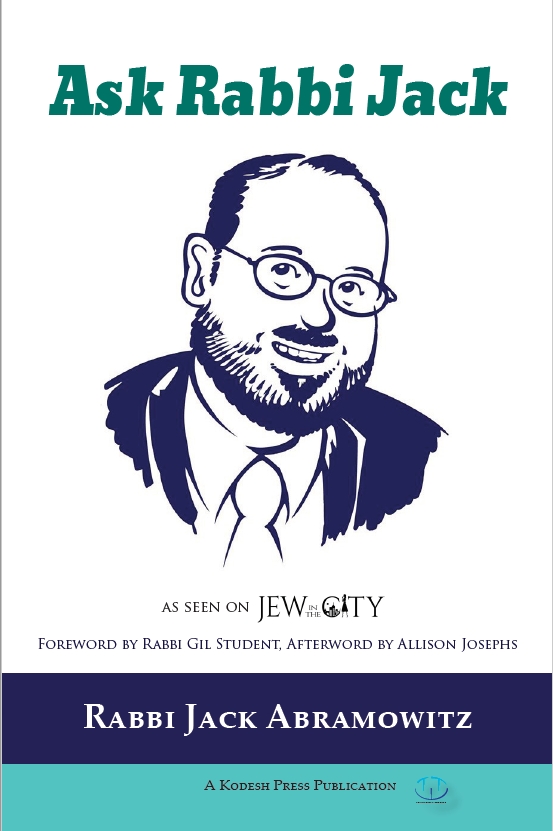When Do We Recite Meshanah HaBriyos?
Q. The Shulchan Aruch mentions saying a beracha on elephants and monkeys/apes, but I recall the Rambam mentioning a bracha on owls as well. What's the reason of the Rambam? Did the people of dor haflaga [the generation of the Dispersion] also get turned into owls?
A. I have two answers to your first question. First off, when the Shulchan Aruch says an elephant and a monkey, it's not necessarily exhaustive. Perhaps the Mechaber [the author of the Shulchan Aruch] would also advise you to recite the bracha upon seeing an owl (I don't know). Second, the bracha of m'shaneh habriyos is recited on seeing unusual animals (and people), and "unusual" is subjective. So, it's possible that owl sightings were common in the Mechaber's time and place but rare for the Rambam.
The issue of subjectivity comes into play a lot in regards to this bracha. In previous generations, most people lived in their villages and had very little exposure to other types of people, so the various codes of law would say, for example, to recite this bracha upon seeing someone with black skin or red skin. We, however, are privileged to experience the diversity of humankind on a regular basis, so we would not recite this bracha upon seeing a person of African descent or an indigenous American. The same might be true of exotic animals: depending on where one is raised, an elephant or a monkey might not be considered "exotic."
As far as your second question, I assume you are referring to the Gemara in Sanhedrin (109a) that there were three types of sinners at the tower of Bavel, each of which received an appropriate punishment. Those who sought to wage war against Hashem were turned into moneys, spirits and demons. I don't necessarily take that piece of aggadata as literal history; I take it as a moral lesson. Either way, I don't think we can assume anything beyond what the Gemara tells us.
I hope this helps!
Rabbi Jack's book Ask Rabbi Jack is available from Kodesh Press and on Amazon.com.

